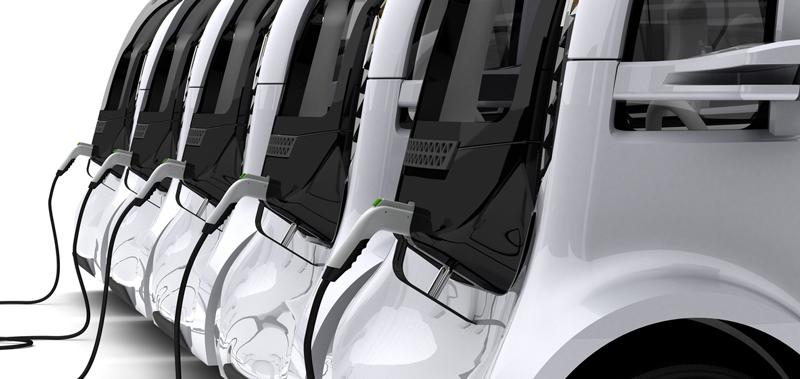There are lots of predictions going around that the Internal combustion engine (ICE) is dying – long live the EV but is talk of the death of ICE’s a tad premature.
The highest profile example of the discussion is that of Volvo (See in our news pages) who have announced that every new car it launches from 2019 will have an electric motor. This sounds dramatic but firstly this only applies to new models from then so there will be a number of existing models still with only ICE only and also when you read the fine print this is being achieved by including mild hybrids in the mix. A mild hybrid typically has a small electric engine/generator designed to supplement the ICE, the car cannot be driven on electric power only so the ICE still carries the major load and the vehicle is not grid rechargeable. Yes, they will be adding a number of pure EV’s and PHEV’s to the range as well but the majority of models will still feature the purportedly dead and buried ICE.
Now we at Company Vehicle are indeed EV fans and over the next few years there will be a growing number of EV and PHEV vehicles available in the new market – and that’s really the point as the number and range of new models available today is a long way behind the PR hype being created. There are only six EV models (with only one under $60k) and around 17 PHEV’s – with again only one under $60k and only 11 of the total 23 models available are under $100k. We are still probably also a vehicle generation away from EV’s that will be fully competitive in terms of performance/range/price for everyday use. As the numbers grow and battery developments continue the price gap will continue to shrink (Already in the luxury market PHEV versions are similar price to equivalent pure ICE models and this will move to the mainstream rapidly as volumes increase and with it improved mass production efficiencies). If you look at June sales only six models exceeded a single unit sale, with Outlander PHEV being the runaway success at 49, Tesla 32, Ioniq 13 and the rest 11.
The other side of the equation is charging, which again is work in progress – better now than last year but still not full mainstream, nationwide coverage, but some key building blocks are now in place. You still can’t drive from Cape Reinga to Bluff using just fast charging and off the main highway it gets more challenging. Also as Drive Electric notes in the news there are potential issues still to address in terms of charging location and time of day in terms of electricity supply infrastructure, New Zealand is in a much better place than many overseas countries with our high share of renewable generation and most houses having secure off-street parking to access a plug, but potential mass adoption of EV’s will stretch the system.
EV’s definitely have a place, especially for vehicles used primarily around town but PHEV’s with their flexibility and wider model availability are likely to carry a lot of the load in terms of meeting EV targets over the next few years whilst charging networks spread and vehicle model availability and pricing continue to improve.
Drive safely



